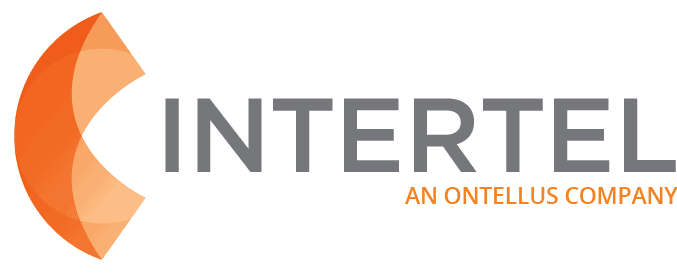Six Things Every Claims Organization Should Know About Medical Canvassing
Click here to view this article in the June-July Issue of WC Magazine
In today’s climate, the need for claims organizations to develop and maintain a strong medical canvass program—traditionally viewed as an à la cart service— borders on a best practice. This is most evident at a time in our society when data integrity and security are at an all-time high.
Additionally, the need for third-party data integration with various claims platforms continues to define how companies communicate efficiently while maintaining the accuracy of a time-tested tool like medical canvassing. Long gone are the days of simple inter- net searches to manually identify medical facilities in hopes of establishing contact with medical providers. Instead, we operate in an era that requires us to apply calculated formulas and methodologies to remove as much human error as possible when gathering crucial medical history identifiers.
“We’re seeing an increasing number of savvy claims
organizations make commitments to adopt formal medical
canvassing programs, with a heavy emphasis
on cost containment.”
Industry usage trends are something that we have kept a close eye on over the last several years. We’re seeing an increasing number of savvy claims organizations make commitments to adopt formal medical canvassing programs, with a heavy emphasis on cost containment. Cost containment as it relates to canvassing really starts at the desk level, with proper claims personnel education. In many training rooms or roundtable sessions, educators often find that claims professionals have never even heard of medical canvassing. Their feedback usually includes comments such as, “I wish I had known about this for a claim file I was working on a month ago!”
When looking at a robust medical canvass program, it’s equally important to control costs by focusing on the minimum number of canvass selections that will provide the maximum output of treatment data related to the injury in question. Again, this awareness and proper use are typically achieved through training and education. To that end, there are six things every claims organization should know about medical canvassing:
1. Medical canvassing greatly complements and bridges the informational gaps of other tools, such as claims indexing databases.
It’s not at all uncommon for indexing records to be fragmented or incomplete. Canvassing helps to fill in some of the gray areas and timelines associated with the injuries pertaining to a claim’s history.
2. Canvassing can be one of the most effective ways to paint an accurate picture of a claimant’s treatment history.
Medical canvassing should provide an accurate chronological account of treatment date information. While typically used to reveal unreported treatment, canvassing also allows claims professionals to verify that there may, in fact, not be any other treatment. This thinking is in line with the industry standard of an organization’s right and responsibility to verify legitimate claims and uncover suspicious ones.
3. Canvassing can be one of the best ways to establish drug-seeking behavior (e.g., opioid abuse).
A recent study found that when certain opioid painkillers were prescribed for workers’ compensation injuries, the total cost of those claims was almost four times more likely to exceed $100,000 than in claims in which opioids were not prescribed. A good pharmacy benefits management program should, among other things, consist of ensuring early identification of opioid prescriptions, including prescription history. Again, often the best way to uncover an individual’s prescription history is through the utilization of a traditional pharmacy canvass.
4. Canvassing substantiates claimant statements about prior medical treatment and reveals possible material misrepresentations.
This is really just a fancy way of saying that medical canvassing can catch people in outright lies about the representations of their medical histories. Canvassing has no geographical limits. That is to say, claimants are sorely mistaken to think that a company won’t canvass around their addresses from five years ago to uncover unreported chiropractic treatment. A good medical canvass program also should include the proper triggers to an organization’s special investigation unit should a misrepresentation occur.
5. Raw data transfer into various claims platforms and analytics models is key.
At the end-user level, most claims professionals are always going to want to receive a formal report about the findings of a medical canvass. However, from an organizational level, it’s becoming increasingly crucial for us to transmit drilled-down versions of the raw data in batch format. Most claims organizations are utilizing some type of analytics platform. The results of a medical canvass can be transmitted easily into various models for analysis. This allows organizations to capture any specifically desired data sets associated with the completed canvass. This can range from specific claimant treatment information all the way down to medical provider demographic data. There’s no denying that medical canvassing has made its way into the big data conversation.
6. Canvassing can assist all lines of insurance associated with any bodily injury claim.
No matter the line of insurance involved—workers’ compensation, auto bodily injury, disability, etc.—the key point of consideration is that, at any time, a claimant or an attorney may knowingly withhold information pertaining to a claimant’s medical treatment history. As an example, claimants often pick and choose what medical information is being shared, whether it is a first-party or third-party claim. In any case, being able to further validate or discover other medical providers involved in treating the claimant is always going to be critical in evaluating the claim as well as potentially identifying a clearer picture of exposure.


